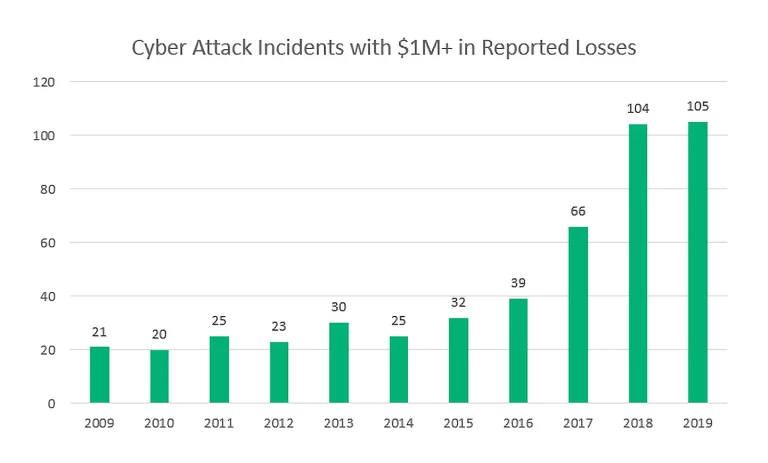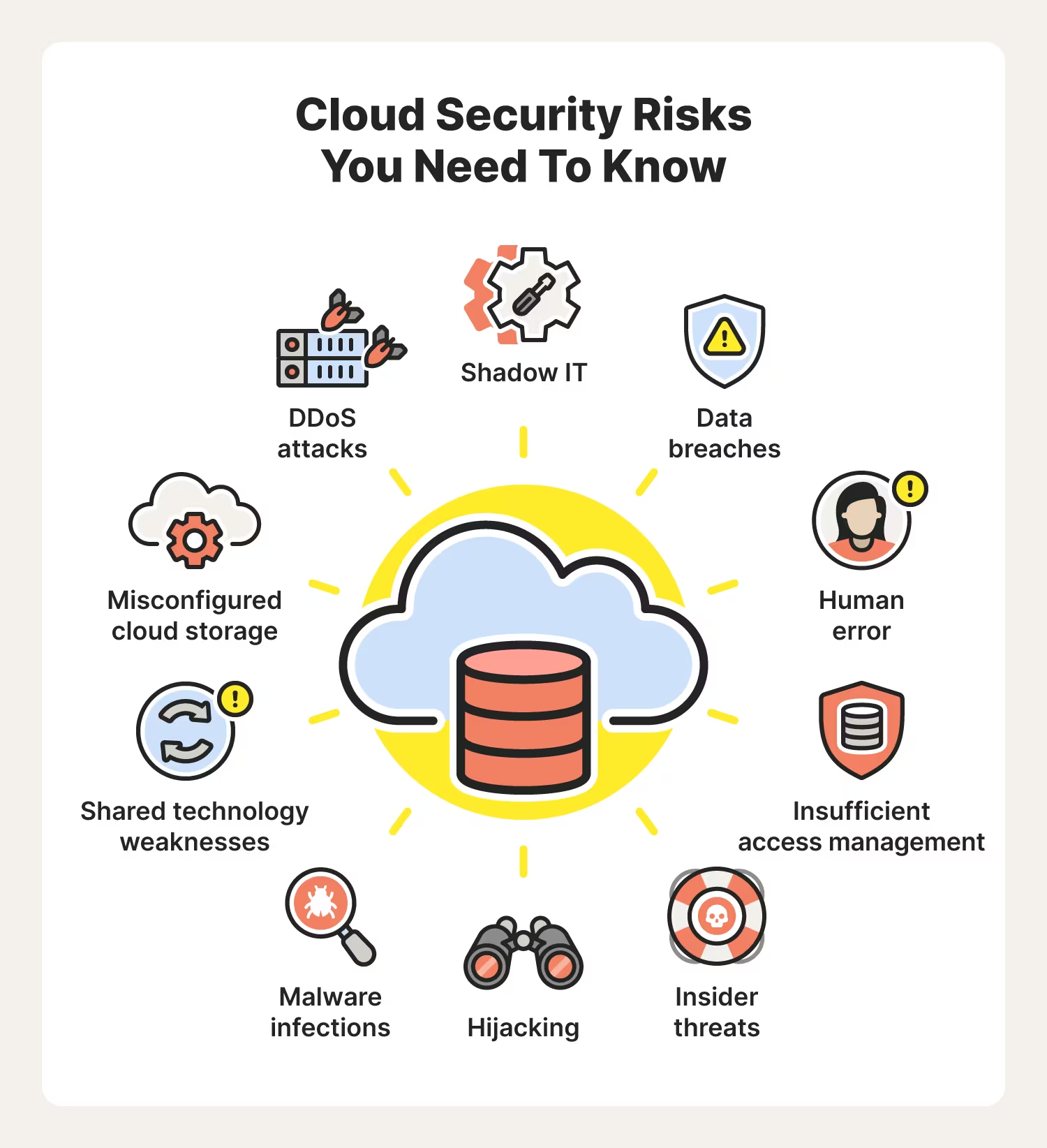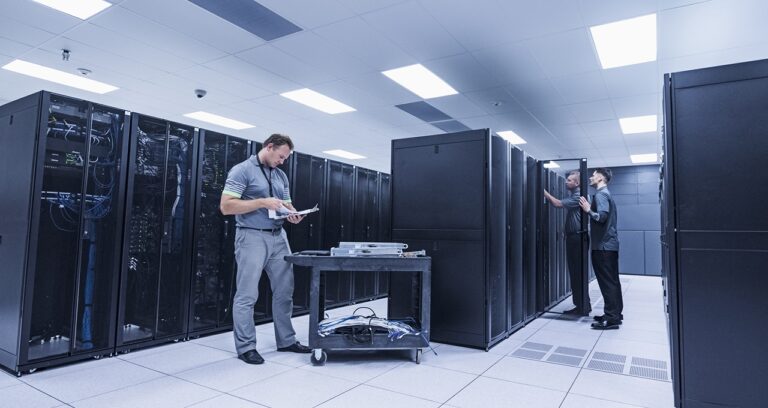In spite of growing cloud adoption by enterprises of all sizes, many IT professionals emphasize that the cloud is the main area of vulnerability within their organization. This concern, however, is leading to change. For example, Cybersecurity Insiders highlights in a report that companies are continuing to increase their cloud security budgets, pointing to the increased importance not only of these distributed computing tools but also in keeping them safe and secure for all users.
Among the solutions – which are by no means a silver bullet or panacea – are artificial intelligence (AI) and machine learning. These technologies have helped to drastically transform cloud security, improving key areas such as safety, efficiency, and productivity. Improvements to AI, and thus the enhancement of cloud security standards, are occurring exponentially.
Let’s delve deeper into what AI is bringing to cloud security and cloud computing, and what further changes we are likely to see in the near future.
One of the most developed uses of AI in cloud computing is using AI systems to scan data in order to identify attack patterns. Certain AI algorithms can be highly effective at carrying out this task and can inform cloud security teams – who might otherwise be oblivious – how often they have been hacked. AI can trawl through trillions of rows of telemetry data every day (a task that no person could possibly carry out) and through its analysis of disparate data, it can then identify the most prominent areas of risk.
One of the main benefits of these AI systems is being able to manage employee access to systems and files. These systems are able to track the activity of individual users and compare this to past behavior. This enables administrators to track any unusual activity and block users’ access to sensitive files or systems before any serious compromises take place.
Based on a data-driven approach, AI systems can detect and flag cloud security vulnerabilities that might be exploited by hackers in the future. These systems achieve this by analyzing data coming in and out of protected endpoints, detecting both current threats and possible threats through the use of predictive analysis.
This approach is comprehensive; it involves collecting all endpoint activity, rather than just the ‘bad’ activity. The large data set gathered also helps to address the root causes of a possible attack on the cloud, instead of just minimizing the damage once an attack has already taken place. The other benefit of AI-driven event prediction is that it can create a shorter cycle between threat detection and resolution. If a cloud computing team has better data, then they can react quicker.
Alongside predictive models, an AI-based automated system can be put in place to analyze and react to various events. Instead of waiting for critical information to pass through a cloud security team hierarchy until someone makes a decision, the AI system can respond almost immediately to the threat. Some of these responses may include locking out or preventing users, shutting down various systems or ports, or even block specific traffic.
Data leaks happen a lot of the time due to unauthorized and unfettered access. Users who shouldn’t have access to a specific set of data do, and so if their accounts get breached, then a serious attack can occur.
However, by combining AI with network and gateway security, advanced authentication, and endpoint protection, administrators can prevent potential threats from insiders. One example of robust AI-driven data control is cloud security identity software. This allows providers to lock down user access, letting in only those that need access and keeping those out who don’t.
When it comes to alerts about potential security threats, automated technologies can handle routine tasks and first-level security analysis, giving cloud security professionals the time to focus attention on more complex and critical threats.
This is especially important given that 51% of organizations claim to have a problematic shortage of cybersecurity skills. Enterprises can reduce the impact of this problem by delegating the first level of analysis to AI systems, allowing human analysts to prioritize their workload, combat more difficult attacks, and work more effectively.
According to Symantec’s Cloud Security Threat Report, 93% of security decision-makers worldwide say they are struggling to keep tabs on all cloud workloads while 34% note that expanding cloud infrastructure has made it more complicated to manage their environments. Delegating cloud computing tasks to automated technologies, however, can relieve some of this pressure.
AI solutions ultimately give businesses the opportunity to automate their cloud security operations, which is necessary given the scale of cybersecurity skill shortages and ever-developing security threats. Indeed, nearly one-third of chief information security officers (CISOs) in light of growing cybersecurity concerns. This trend will continue so long as organizations discover the myriad benefits of an AI-powered cloud security platform.


